Featured case study — Lead speed → revenue
Intent-based routing for faster bookings Inbound volume grew, but replies lagged. We scored leads by ICP and intent, created a priority lane for <5 minutes, and added alerts with a five-rule SLA. The team reviewed exceptions weekly and kept adoption high with a simple runbook. Results (30 days): speed-to-lead moved from ~9 hours to 26 minutes; the booking rate increased from 12% to 25%; opportunities per week rose by +18.
Thank you for subscribing
Thank you for subscribing
Thank you for subscribing
AUTOMATION PROJECTS
AI Inbox Bot — Inbox Triage Automation (GPT-4 + Zapier)
Context. A shared Gmail inbox was overflowing and important messages waited for hours. What we built. We designed a safe triage flow that labels, prioritises, and drafts first-pass replies. Hot intents trigger Slack pings and enriched contacts sync to the CRM. Stack. Gmail, GPT-4, Zapier, Slack, and HubSpot (or your CRM). Day-to-day use. Agents clear a “Hot/Action” queue first, edit suggested replies, and log outcomes in two clicks. A ten-minute daily review corrects mislabels. Results. Average triage time dropped from ~6 minutes to under 2 minutes per email. The team reclaimed ~4.3 hours per week and cut first response time by ~55% in the first month.
Thank you for subscribing
Thank you for subscribing
Thank you for subscribing

Email Trend Scanner — Research in minutes, not hours (Claude + Pinecone + Notion)
Context. Three teams tracked more than one hundred newsletters and useful signals were getting lost. What we built. We created a daily pipeline that fetches sources, embeds content, clusters topics, and pushes the week’s top talking points into a Notion board with clear actions. Stack. RSS or API fetcher, Claude prompt chain, Pinecone embeddings, and a Notion dashboard. Day-to-day use. Teams skim the “Top 10” board each morning, assign one action, and archive noise. A weekly digest posts automatically with UTM tracking. Results. Research time fell by ~70% and curated newsletter CTR rose by ~22%.
Thank you for subscribing
Thank you for subscribing
Thank you for subscribing

Finance Ops Automation — Close faster with fewer errors (Make/Zapier + Sheets/Airtable)
Context. Month-end close slipped by a week and mismatches surfaced late. What we built. We automated invoice capture and normalisation and flagged mismatches to a daily exceptions list with owner and due date. Stack. Make or Zapier, Google Sheets or Airtable, and your accounting app. Day-to-day use. Ops receives one exceptions list each morning, fixes items, and re-runs checks; clean rows flow into the close pack. Results. The exception rate fell and month-end close moved from 7 days to 48 hours.
Thank you for subscribing
Thank you for subscribing
Thank you for subscribing

MARKETING & COPY
Business Strategy & Model Analysis — Wiseman Solutions 2025
Context. The company needed to align brand, demand, and delivery before scaling. What we built. We produced a strategy pack covering positioning, passive lead systems, outreach, an MVP pilot plan, and a path into government contracts. The pack includes SWOT, VRIO, and PESTEL analyses, a quarterly roadmap, indicative budgets, and KPIs. Results. The document set a clear operating plan and provided a practical base for the landing page, email series, and technical SEO work.
Thank you for subscribing
Thank you for subscribing
Thank you for subscribing
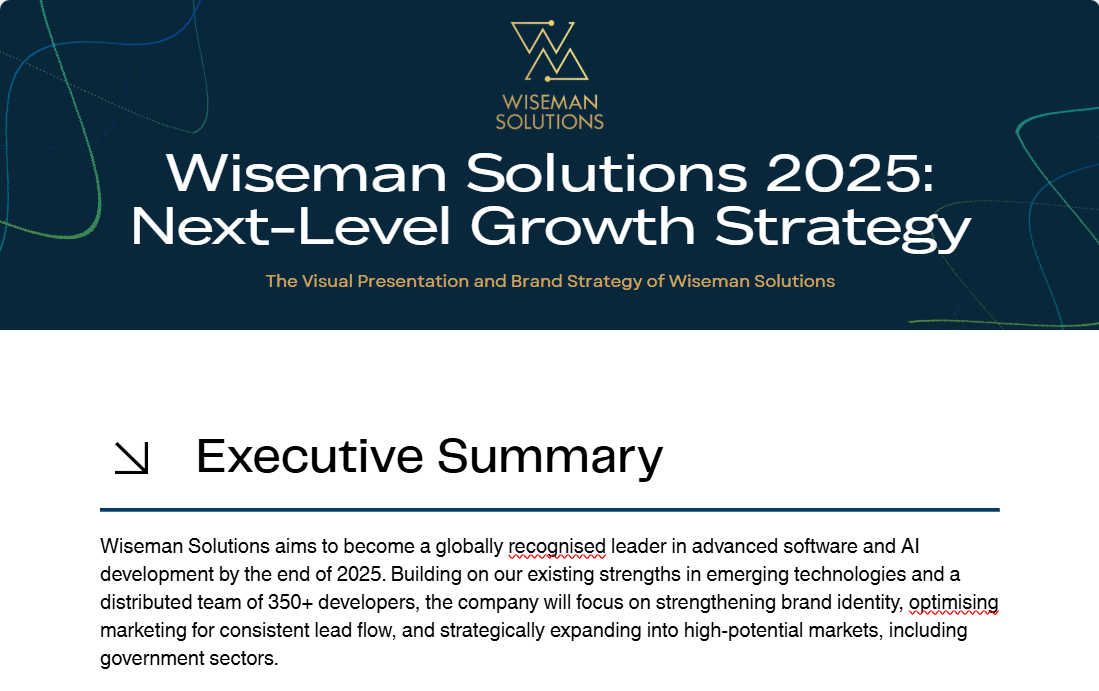
High-Converting Landing Page — Wiseman Solutions
Context. Traffic was steady, but conversions were uneven. What we built. We wrote an offer-led page with a tight hero, proof, and decisive calls-to-action, and we wired forms and tracking into the funnel. Stack. WordPress with Elementor, Google Analytics, and PageSpeed tools. Results. Lead generation improved by ~35% in the first month and average time on page increased by ~20%.
Thank you for subscribing
Thank you for subscribing
Thank you for subscribing
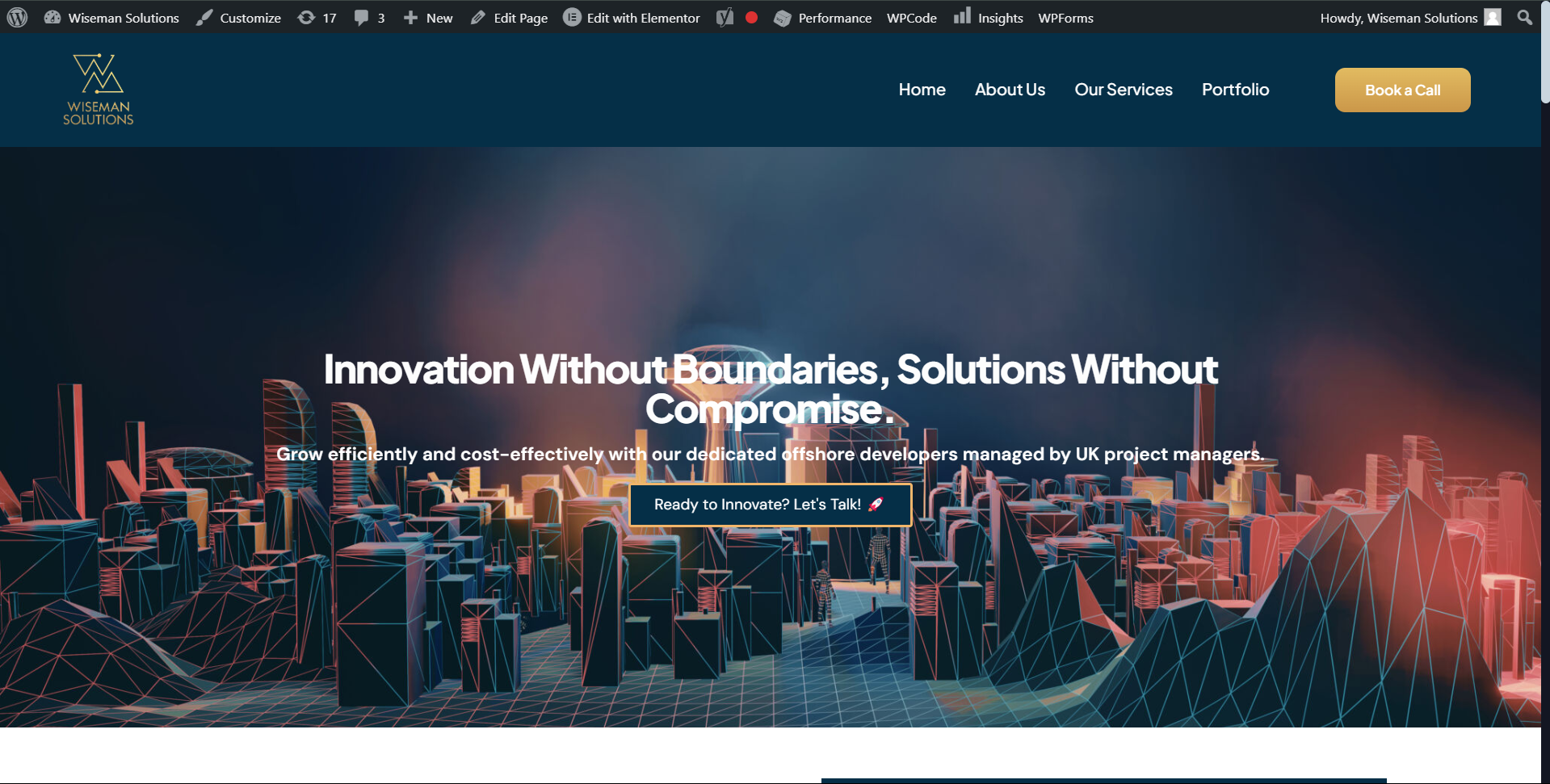
Website Redesign & Copy — Homksite Architecture
Context. The site did not reflect the firm’s quality or make navigation easy. What we built. We modernised the layout, clarified the information architecture, and wrote on-page copy that sells the design-to-build journey. We added project galleries and testimonials to support trust. Stack. WordPress (custom theme), Figma, and Google Analytics. Results. Pages loaded faster and visitors moved through clearer journeys with better engagement.
Thank you for subscribing
Thank you for subscribing
Thank you for subscribing
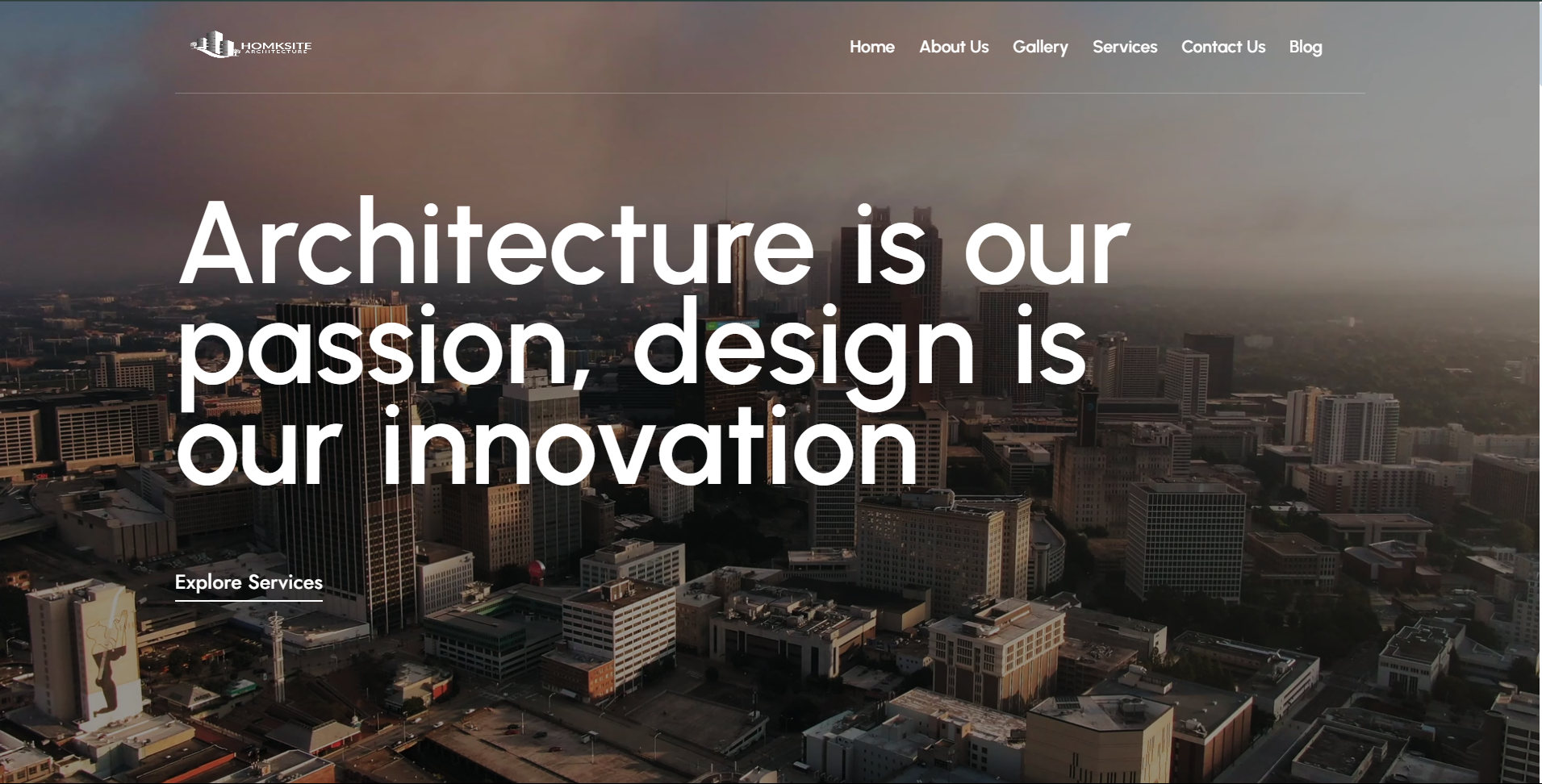
Technical SEO Optimisation — Wiseman Solutions
Context. Slow loads and technical debt were reducing engagement and hurting Core Web Vitals. What we built. We compressed images to WebP, minified assets, added caching and lazy-load, fixed broken links, and improved on-page structure. Stack. PageSpeed Insights, Lighthouse, Yoast, and SEMrush. Results. Desktop score increased from 58 to 83, mobile score moved from 27 to 34, and average load time fell by ~2.5 seconds with longer sessions.
Thank you for subscribing
Thank you for subscribing
Thank you for subscribing
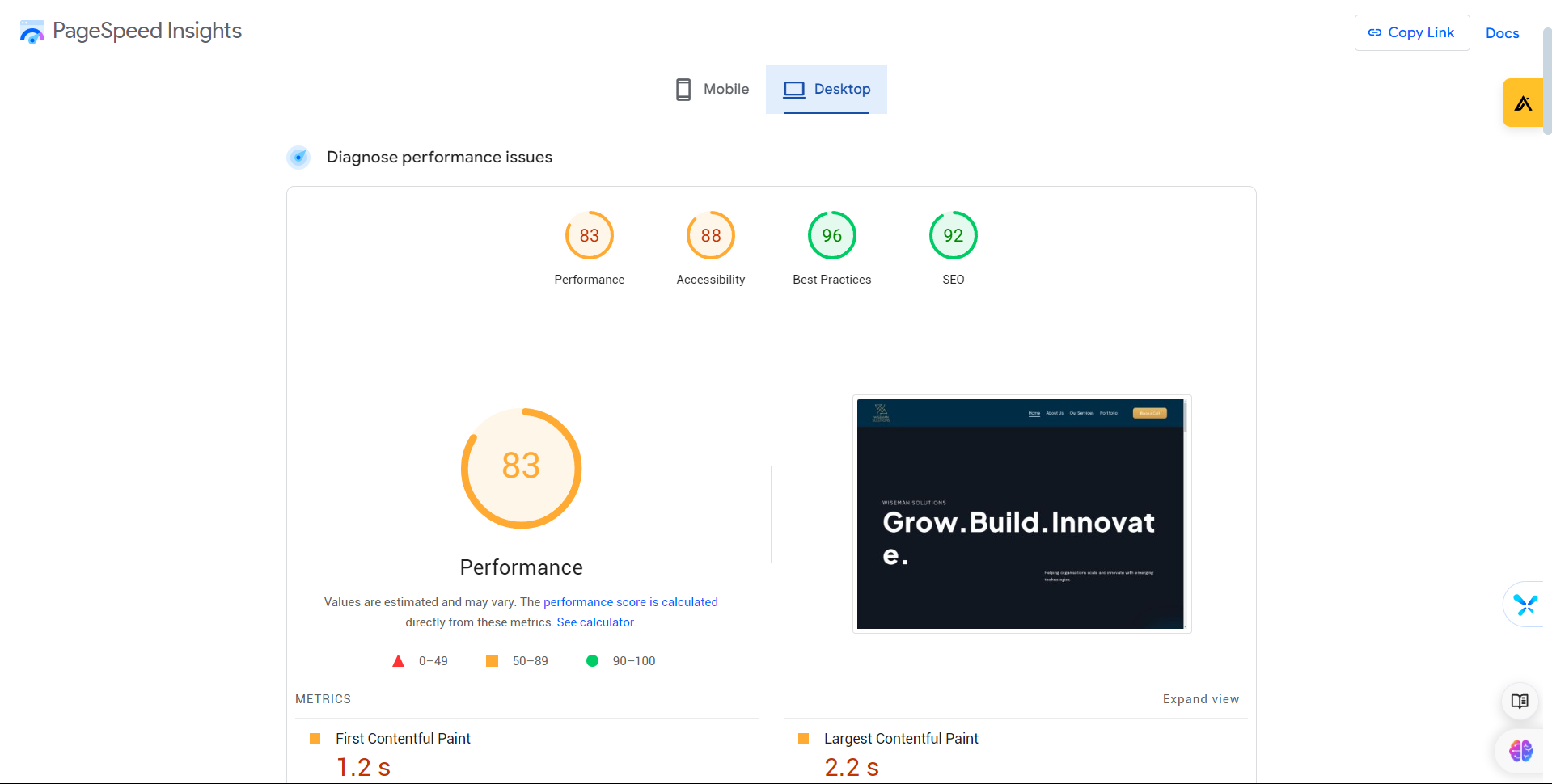
Email Campaign Series — “Unlock Growth with Product Plus” (Wiseman)
Context. The team needed to introduce a free AI tool and convert interest into qualified leads. What we built. We created a four-email series (introduction, reminder, proof, and final invitation) with A/B subject lines, UTMs, and a simple send cadence. Stack. Your ESP and analytics platform of choice. Results. The series achieved ~44–50% opens in week one and produced steady lead capture for business development hand-off.
Thank you for subscribing
Thank you for subscribing
Thank you for subscribing
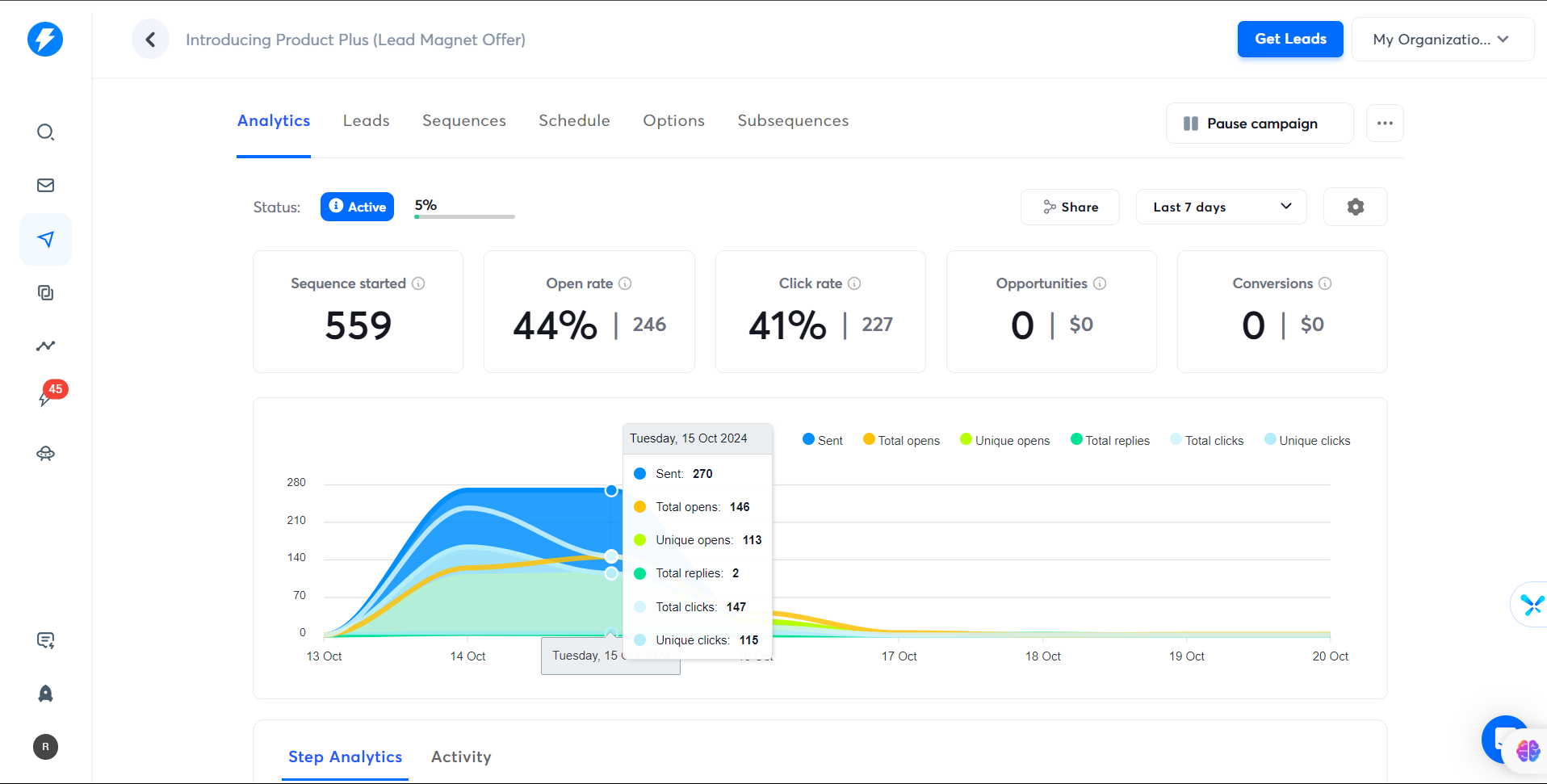
Google Ads Campaign — Real-estate lead generation (QBR Property)
Context. The goal was to test high-intent keywords for a premium Lagos property across local and diaspora audiences. What we built. We launched two campaigns, tuned keyword sets, and adjusted bids for CPC and CTR while documenting landing-page gaps for conversion. Stack. Google Ads and Google Analytics. Results. The campaigns produced 351 clicks from 12.4k impressions in under three weeks with an average CPC of $0.31 (diaspora $0.19 and local $0.43).
Thank you for subscribing
Thank you for subscribing
Thank you for subscribing
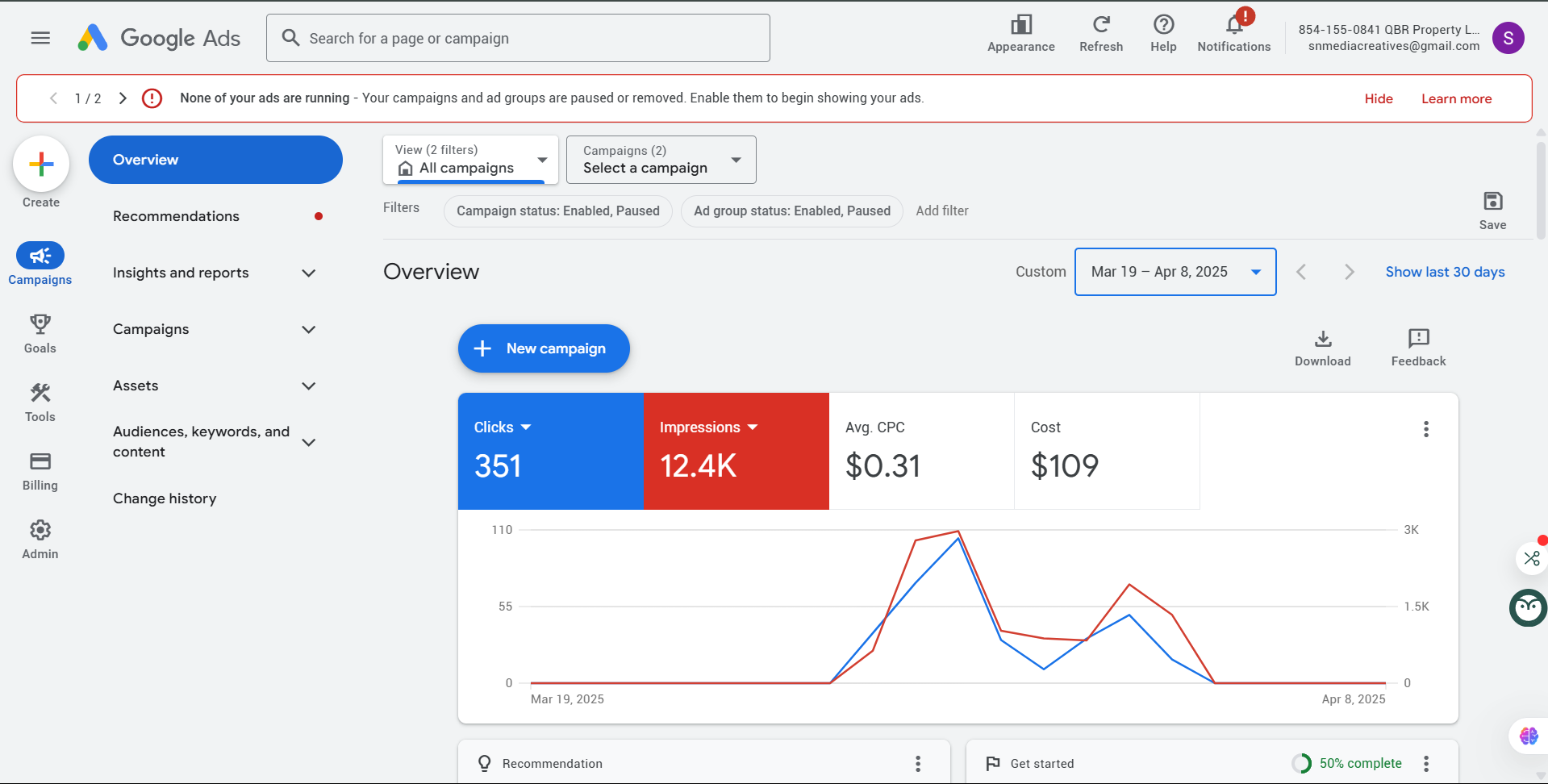
Essential Skills I Leverage for Impactful AI Solutions
Testimonials
Be kind and stay excellent.
Charles Homsuk – Growth & AI Adoption Strategist ©2025


